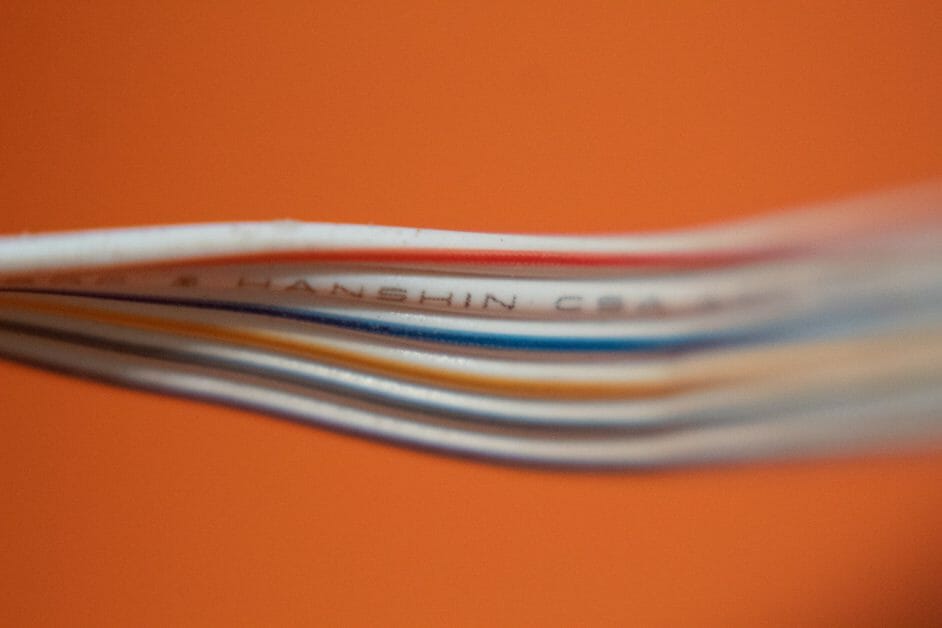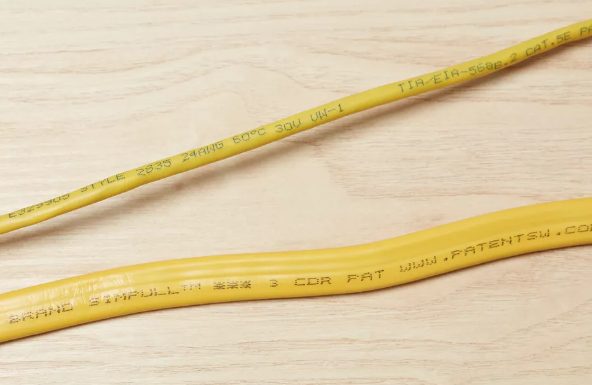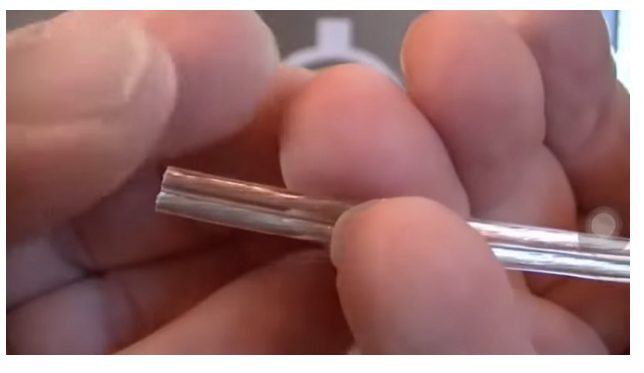Is The Wire With Writing On It Positive or Negative?

Incorrectly wiring negative and positive wires can cause a fire.
While some cables are plainly labeled with a plus (positive) or minus (negative) symbol, others aren’t and it can get confusing to a DIY-er.
In general, the “negative” tip of the wire is commonly represented by a white stripe or dashed lines (-). The “positive” end is commonly represented by a white bar or addition symbol (+).
Let’s go into more detail.
Wires with Labelling on Them, What Do They Mean?

Looking at the labels on wires may reveal a lot about them, such as the type of insulation used and the wire composition.
Your electrical system’s neutral wire is usually recognized by writing, which is commonly located on the wiring casing. Electrical wire labels include information such as the material, size, and type.
From the word “negative” itself, it is represented by a negative or minus sign (-) in the color white. The “positive” end is the white bar or addition symbol (+). In most cases, the black wire is positive, and stripes of black and white are negative.
How Do You Know Whether a Wire Is Positive or Negative?
The neutral wire is usually white, whereas the hot wire might be red or black & white.
In certain fixtures, the wire colors may be the same. To be on the safe side, always employ a technique of recognizing the neutral wire. In some circumstances, the wire casing may be labeled with a little bit of lettering.
Wire Identification in Common Scenarios

- Understand that appliance plugs do not have positive or negative sides. Instead, they have “hot” cables and “neutral” locations.
- It’s important to note that the braided wire on an extension cable is usually the negative wire. The strand with the looped texture is the negative wire if you have a copper wire with the same color on both sides. You can determine which side has banding by running your fingertips along the wire.
- Determining the location of the positive black wire on a ceiling light fixture.
- When installing a chandelier or other ceiling light, first locate the three wires that emerge from the hole in the ceiling where you will install the light. Recognize that the black wire represents the positive, the white wire represents the negative, and the green wire represents the ground.
- On a speaker, the bronze or copper wire is positive. The silver strand is the negative wire on a standard wire used for items like speakers and amplifiers, while the copper-colored strand is positive. Positive and negative wires are typically connected by a transparent covering, making it easy to determine the polarity of either side. (1)
- To find out which wires in a car are negative, see the owner’s handbook. Each vehicle has its color-coding scheme for cables. There is no actual standard. Therefore consult your owner’s manual for the wiring diagram particular to your make and model. (2)
What Happens If You Connect The Neural and Hot Wires Incorrectly?
The neutral wire in your electrical system is usually recognized by some lettering, which is commonly located on the wiring casing. Electrical wire labels include information such as the material, size, and type. Shocks may occur, and specific equipment may malfunction. If the wires are switched in the wrong spot, circuit breakers that detect ground faults may become useless. It was a terrible idea all around.
Take a look at some of our related articles below.
- How to install a neutral wire
- How to tell positive and negative wires on light fixture
- Can I connect red and black wires together
References
(1) bronze or copper – https://www.getty.edu/conservation/
publications_resources/books/copper_bronze_in_art.html
(2) color-coding – https://www.computerhope.com/htmcolor.htm
